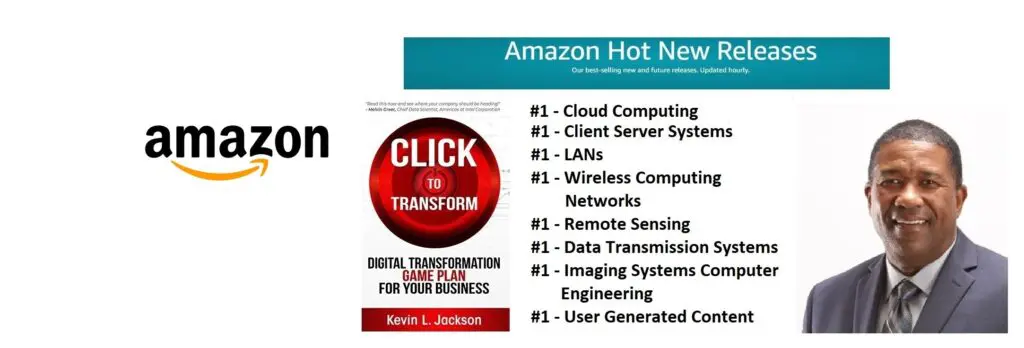Twitter Feed
Yahoo-Microsoft Merger Proxy Fight – May 14, 2008
As I alluded to last week, “It’s not over ’till it’s over” Carl Ichan Looking to Start Yahoo Proxy Fight Money – The Microsoft-Yahoo Merger may not be over. Billionaire…
Now in the ring Sun/Amazon! – May 04, 2008
The Sun/Amazon cloud may be announced soon. Sun CEO Jonathan Schwartz delivered a short keynote at Startup Camp in San Francisco, an adjunct event to the JavaOne Conference. According to…
Microsoft gives up on Yahoo? – May 04, 2008
“Cloud computing is far more than a concept. With Broadband Internet connections now all-but-ubiquitous and microcomputers and locally-run software now so trouble-prone, Cloud Computing’s time has come.” This is a…
IBM, Google and the Blue Business Platform – May 01, 2008
Today was good !! This morning. there was a main session built around “CIO 2.0”. The basic premise was that CIOs have now earned a seat at the business management…
The coming cloud – April 30, 2008
I attended the IBM Public Sector briefing this morning. The IBM executives were clearly basking in a financial performance glow. After ending 2007 with increases in revenue, profit and earnings…
Google, Cloud Computing, and the US Intelligence Community – April 29, 2008
Just arrived in Los Angeles for the IBM Business Partner Leadership Conference. IBM is billing this as a “new” conference, but I have my doubts. I am, however, very interested…
Location Based Services – April 25, 2008
INmobile.org is a exclusive community for executives in wireless industry. As a member, I have the opportunity to participate in a number of interesting discussions about mobile and wireless technology.…
IBM Business Partner Leadership Conference – April 23, 2008
I just completed registration for the IBM Business Partner Leadership Conference. This is a new invitation-only conference being held this year in Los Angeles from Wednesday, April 30th through Friday,…
Telephone & Web = WOW !! – April 21, 2008
The power of the Internet and the web lies in its ability to provide access to information. The mobile web takes this one step further with its ability to provide…
4 Factors Driving Digital Transformation ROI
The critical assessment factors for cloud ROI risk probability are the following:
- Infrastructure utilization
- Speed of migration to cloud
- Ability to scale business/mission processes
- Quality delivered by the new cloud-based process
These four factors directly drive digital transformation ROI because they affect revenue, cost, and the time required to realize any investment return. Differences between actual and projected values in these metrics indicate a likely failure to achieve the desired goals.
Although business alignment is always a primary digital transformation drive, ROI remains a key decision component. This metric should, however, be addressed from multiple vantage points to include cloud workload utilization, workload size versus memory/processor distribution and the virtual hardware instance to physical asset ratio.
Value delivered through innovation should also be part of the business value calculation. Value can be delivered through operational cost reductions, optimization of resource capacity, and a reduced total cost of ownership. Business process time reductions, product quality improvements and customer experience enhancements are also useful outcomes.
Security Controls
Business/mission model changes can also introduce operational risk. Acceptance of these risk are based on executive risk tolerance. Their risk mitigation decisions result in the implementation of security controls. A control will restrict a list of possible actions down to what is allowed or permitted by the organization. Encryption, for example, can be used to restrict the unauthorized use of data.
The security control continuum extends over three categories:
- Management (administrative) controls: policies, standards, processes, procedures, and guidelines set by corporate administrative entities (i.e., executive to mid-level management)
- Operational (and physical) controls: operational security (execution of policies, standards and process, education, and awareness) and physical security (facility or infrastructure protection)
- Technical (logical) controls: Access controls, identification and authentication, authorization, confidentiality, integrity, availability, and non-repudiation
They also encompass the following types:
- Directive controls: often referred to as administrative controls, advise employees of the behavior expected of them during their interfaces with or use of information systems
- Preventive controls: include physical, administrative, and technical measures that preclude actions that violate policy or increase the risk to system resources
- Deterrent controls: use warnings and a description of related consequences to prevent security violations
- Compensating controls: Also called an alternative control, a mechanism that is put in place to address security requirements deemed impractical to implement
- Detective controls: Refer to the use of practices, processes, and tools that identify and possibly react to security violations
- Corrective controls: involves physical, administrative, and technical measures designed to react to a security-related incident in order to minimize the opportunity for an unwanted event to reoccur
- Recovery controls: restore the system or operation to a normal operating state once integrity or availability is compromised
The costs associated with the implementation of any security control should be weighed against the value gained from digital transformation business/mission process improvements.
Would you like to learn more about digital transformation innovation? Pick up a copy of my new book, Click to Transform!Â

Cloud Computing
- CPUcoin Expands CPU/GPU Power Sharing with Cudo Ventures Enterprise Network Partnership
- CPUcoin Expands CPU/GPU Power Sharing with Cudo Ventures Enterprise Network Partnership
- Route1 Announces Q2 2019 Financial Results
- CPUcoin Expands CPU/GPU Power Sharing with Cudo Ventures Enterprise Network Partnership
- ChannelAdvisor to Present at the D.A. Davidson 18th Annual Technology Conference
Cybersecurity
- Route1 Announces Q2 2019 Financial Results
- FIRST US BANCSHARES, INC. DECLARES CASH DIVIDEND
- Business Continuity Management Planning Solution Market is Expected to Grow ~ US$ 1.6 Bn by the end of 2029 - PMR
- Atos delivers Quantum-Learning-as-a-Service to Xofia to enable artificial intelligence solutions
- New Ares IoT Botnet discovered on Android OS based Set-Top Boxes
